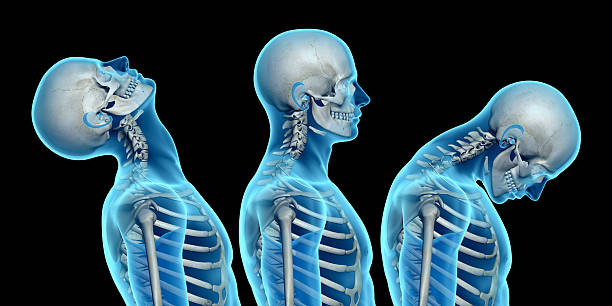Below, we’ll define whiplash to provide a better understanding of its causes and signs, and explore how to recognize when it’s time to seek the attention of a medical professional.
What is Whiplash?
The Mayo Clinic defines “whiplash” as “a neck injury due to forceful, rapid back-and-forth movement of the neck, like the cracking of a whip.”
Whiplash is a term that refers to a small constellation of injuries, including:
- Damage to the bones of the spine and neck
- Damage to the disks between bones
- Damage to ligaments and muscles of the neck
- Nerve damage to spine and neck
The results can be painful, and the symptoms may not show up for days or even weeks after an initial injury.

Why Does it Happen?
Whiplash occurs when you experience an injury involving physical force. When you think about “whiplash,” you might instantly think about an injury that comes from an automobile accident. But whiplash can have a variety of causes, including:
- A rear-end automobile collision
- Sports injuries
- Physical abuse or fights
- An accident, such as a fall
The severity of whiplash can likewise be influenced by a small variety of factors, including:
- Age (older individuals are more prone to whiplash)
- Higher speeds (which can result in increased damage)
- Prior injuries worsened by whiplash
If you’ve already experienced whiplash, this can also make you more vulnerable to experiencing whiplash in the future.
What Are the Symptoms of Whiplash?
The symptoms of whiplash can vary by the individual, but the following symptoms may indicate that you’re experiencing whiplash. Understanding why does it happen is crucial in recognizing and addressing these symptoms.
Neck Pain
The obvious symptom is neck pain. This pain may be constant or it may worsen when moving your neck. You may find that you have limited range of motion as a result.
Shoulder Pain and Numbness
Pain in your shoulders may also be the result of whiplash. If you experience numbness in your arms or extremities, this could indicate damage to the nerves that weave their way through your spine.
Headaches/Dizziness
Headaches and disorientation could indicate a concussion, but they also commonly accompany whiplash. If your headache originates at the base of your skull, it’s a strong indicator that it’s related to whiplash. Understanding why does it happen is crucial in recognizing and addressing these symptoms.
Don’t Delay Whiplash Treatment
Even if these symptoms don’t manifest immediately, that doesn’t make them any less serious. Left untreated, whiplash can result in worsening pain and limited range of movement. Writing in The Atlantic magazine, Julie Beck reports that a quarter of whiplash patients experience chronic pain.
At Veeva Chiropractic Clinic, we’ve provided dozens of patients with pain relief and rehabilitative treatments. Contact us today and start your journey to recovery.

